CARYL BRILL

“I came to Asia in 1975 as a hippie. After a stint in Taipei and Hong Kong for an advertising agency, I decided to move to the Philippines. I thought I was going to find a job really easy like in HK. Well that didn’t happen. I didn’t find a job easily but I had to make a living. Imelda Marcos, the wife of the then president, had just opened a Design Center and I had started working with traditional handicraft and redesigning it. To make a long story short, I did something very high-end and somebody saw it so my first clients ended up being Halston and Bergdorf Goodman, top New York designers. My business snowballed over the years and after Marcos left in 1983, I decided to move to Hong Kong. I was actually one of the first foreigners to go to China after Mao died to develop handicrafts. That’s when many department stores came to Asia so my business grew and grew and I built a multi-million dollar company. I sold it in 1989 and that was my most memorable experience. It was fantastic. I made lots of money and went on sabbatical to France for 4 years.” (Photo by @PharadonPhap)
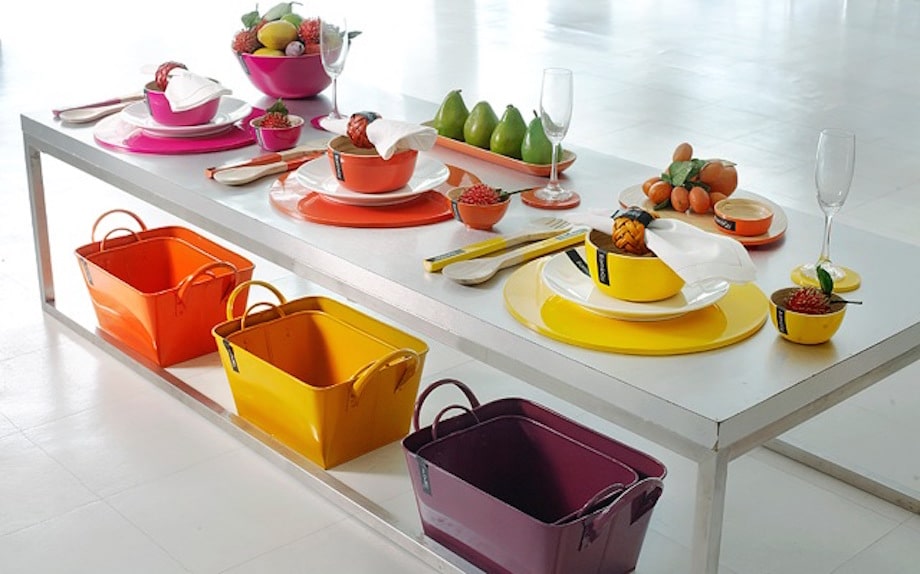
“I moved to Bangkok 14 years ago. My bread and butter are Bamboo and Rattan. We make them in Vietnam, all eco-friendly, and ship them to department stores all over the world. I take indigenous handicraft, upgrade them, redesign, and make them department store merchandise. I work at a very grassroots level. We outsource most of the work to villages and bring it to the factory for finishing – painting, cleaning, packing, moisture control, all the things that are required to make a basket. People think it’s easy but shipping a basket is more difficult than shipping a garment. We sell to department stores so we have to make sure it’s all the same but since our products are all handmade it’s quite a challenge. And with bamboo and rattan it gets so technical. The way the color is absorbed has to do with the age of the plant. Over the years I learned to be very diligent and put good systems in place. Quality control is critical. I tell my staff, ‘You work very hard for your money. If there is something that is not right, if there is a flaw on a product, would you spend your hard-earned money on it?’ ‘No, I wouldn’t.’ ‘So then why would we ship it like that?’” (Photo by Chalermkiat Jvoraphun)
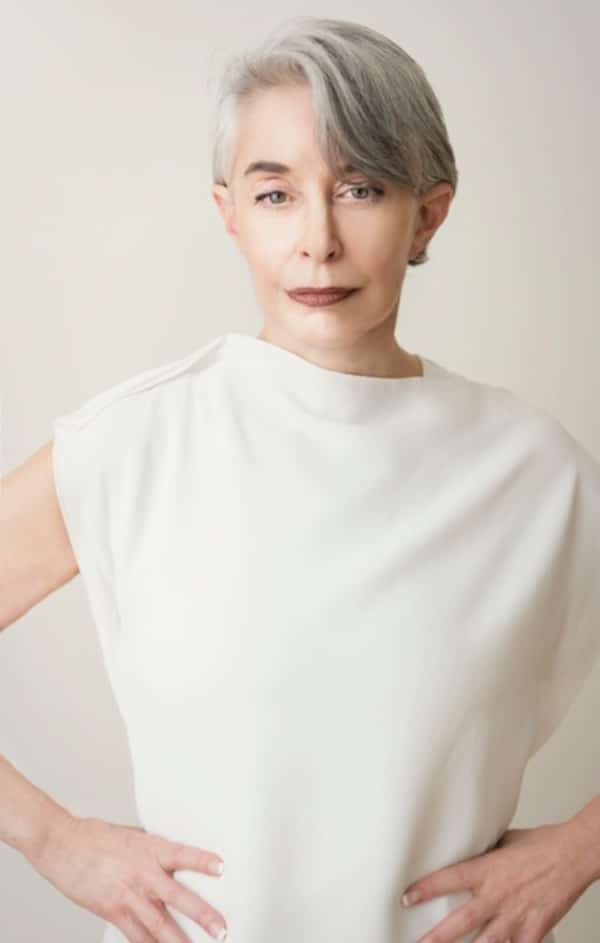
“The support that I got from people – moral and monetary – was what made the difference for me over the years. Just the fact that people believed in me and what I was doing. In the early days when I had no money and was basically living hand to mouth, I met a credit manager for a HK-Shanghai bank through common friends. I went to HK to see him and told him that I wanted to borrow $5,000. He asked what I had for collateral. ‘Nothing’, I said. But some of my friends were his clients so he suggested to get them to co-sign with me. I said, ‘I don’t want them to co-sign with me. I want my own loan.’ He looked at me and said, ‘I don’t know why I am doing this but I believe in you and I am going to give you $5,000.’ So I got my loan in 1977, paid it back, and kept working with that bank. In 1989, I sold my company and at that time that credit manager had become chairman of the board in London. Once, when he was in HK I called him up and I said, ‘Do you remember me? I want to buy you lunch. But before you come out to lunch, go to the private banking sector department and see how much money I have in my account.’ When he came to lunch, I thanked him, ‘If it hadn’t been for the $5,000 you loaned me on that day, I wouldn’t have made all this money.’”(Photo by @PharadonPhap)
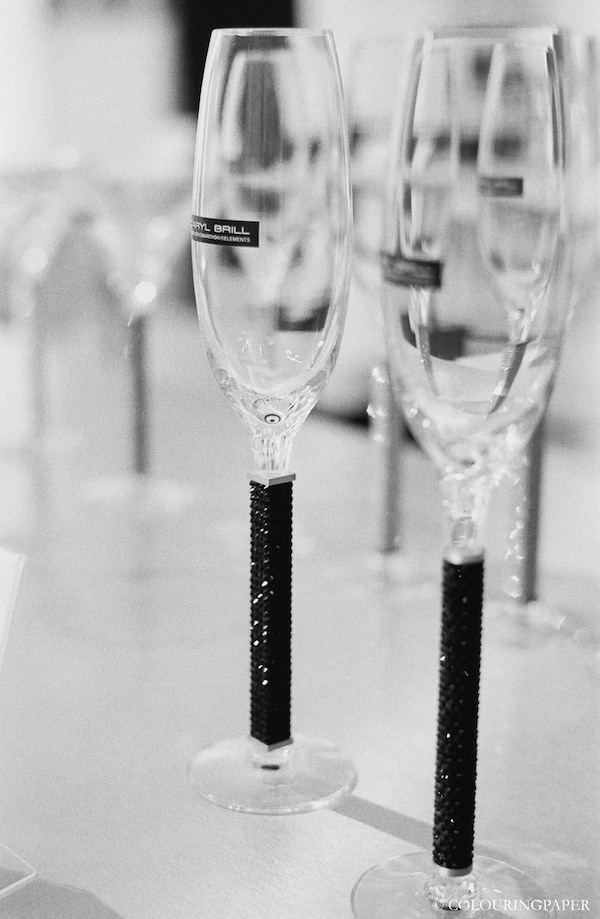
“My luxury stemware collection is new and comes under the Caryl Brill brand. I wanted to do something luxury out of Thailand so I combined jewelry with glassware. The glass comes from a factory here in Thailand that makes mouth blown crystal and then we add Swarovski stones. I make wine, champagne, and martini glasses. I mostly sell them through friends and network. My market is the tiny niche high-end market of people that would splurge on a bottle of wine or that are really into martinis. They are luxury items but they are also quite functional. I don’t want them so precious that you end up not using them. I actually bring them everywhere I go.”
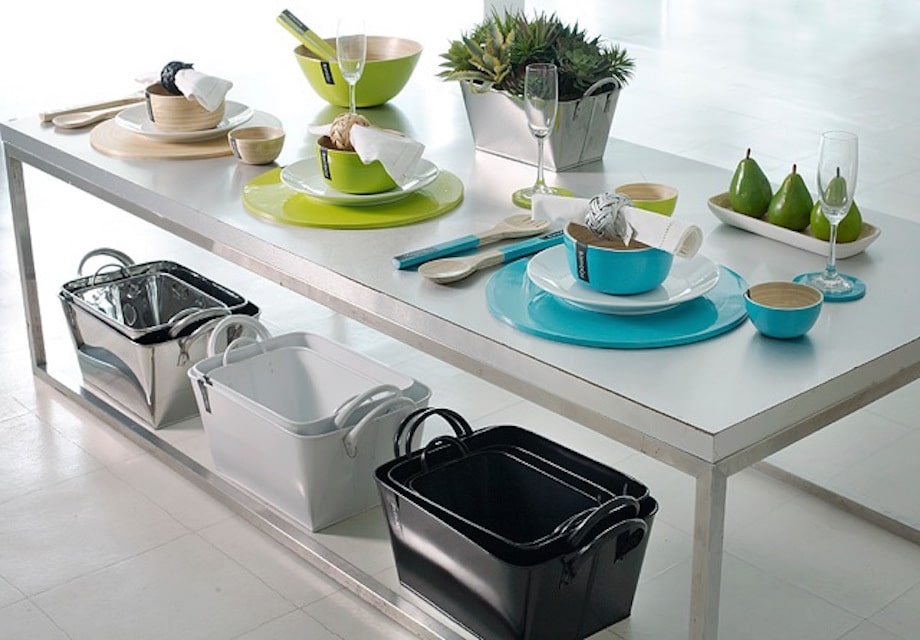
“I design my own products. Coming up with ideas is intuitive to me; I will never run out of ideas. But how you execute the ideas and make sure they are realistic and also commercial is what makes the difference. If they are not producible and if the price is not commercial enough then it doesn’t work. I am self-taught all the way. I have been doing this for over 40 years so now it’s second nature to me; I have developed a sense of what’s right and what looks good. In my view, many indigenous handicrafts remain a bit too ethnic for the western market. There is a market for very beautiful ethnic products but it’s a very small niche market. I prefer to go more mainstream. I love the creative process but I also like making money and the two have to go hand in hand.” (Photo by Chalermkiat Jvoraphun)
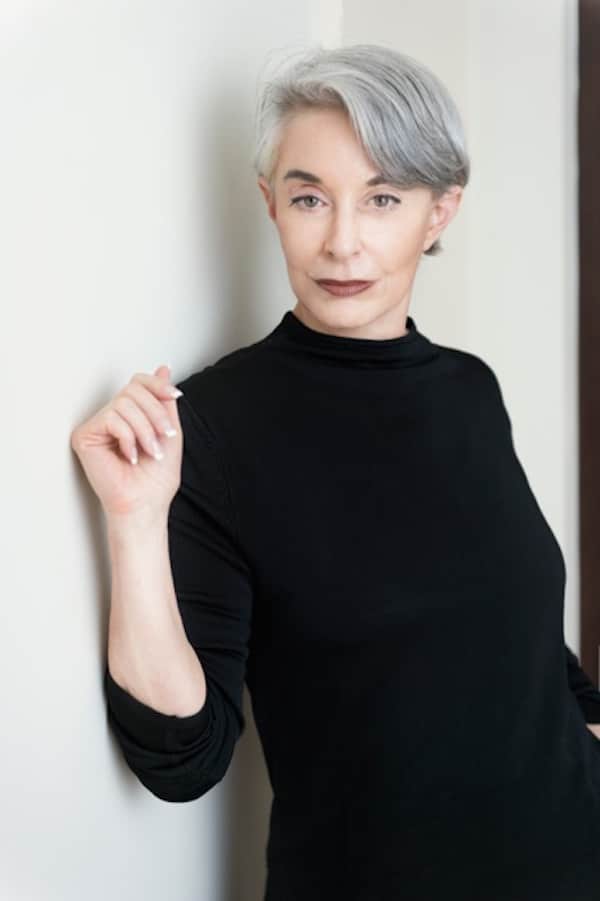
“I have made many mistakes but I don’t have any regrets. First of all, because it’s done so there is no sense regretting. Second, because no matter how disastrous certain things have been, you always come out with learning something new and that makes you who you are. It builds your character and it builds your strength. Anyone who has had their own business would know, you make mistakes all the time. You just have to learn. If you have a big loss and feel really bad, feel it because it’s big and you have to acknowledge it. But then you get back on the horse, pick yourself up and learn from your mistakes. You are not going to do it that way again.” (Photo by @PharadonPhap)
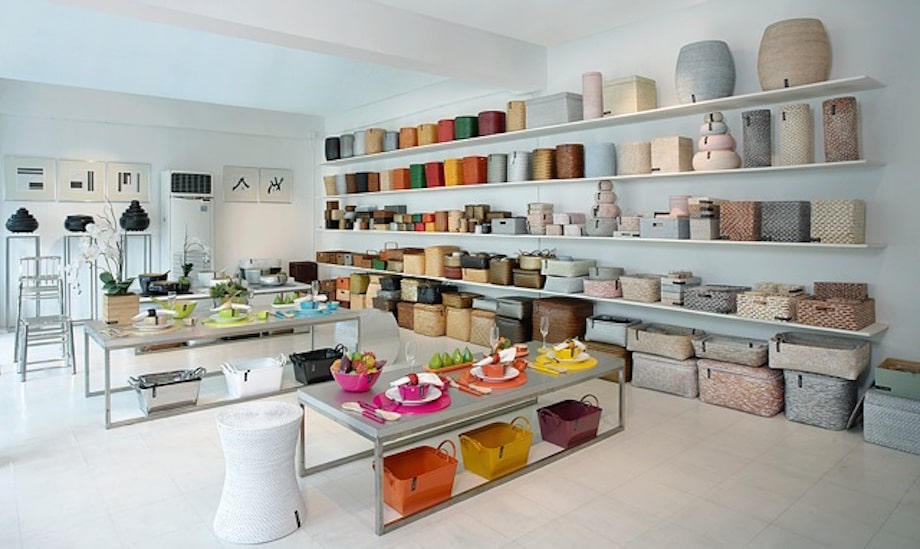
“I work really hard to create. I am an innovator and a pioneer. If something has been done before, I won’t do it. My biggest problem in my work is being copied, and over the years that has come from my employees, my factories, and my customers. I have had managers of my company go to our main factory and partner with them behind my back. I used to copyright everything but I have found that you spend so much time doing that. I do all I can to protect myself but being copied or stolen from doesn’t keep me up anymore the way it used to at the beginning. I don’t worry anymore because I will always have new designs and new ideas. I am a jogger and people cant keep up with me in terms of the creative process.” (Photo by Chalermkiat Jvoraphun)
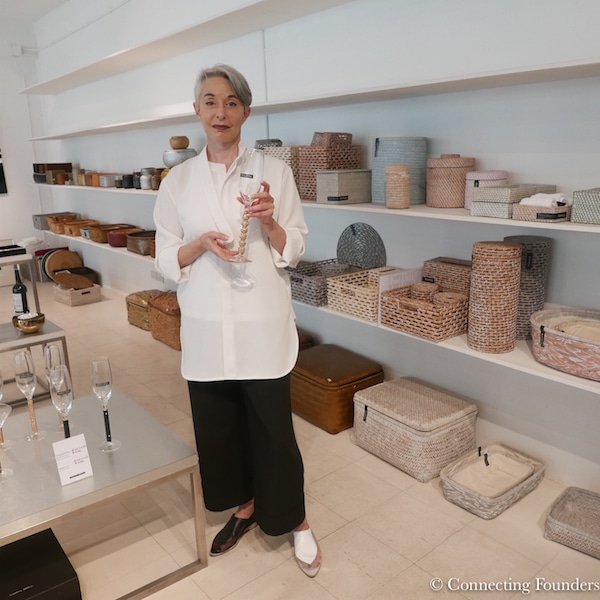
“If I could go back and give myself a piece of advice, it would be, ‘Don’t worry so much.’ I could have prevented a lot of sleepless nights. When you are young you take everything to heart and you always worry if you are doing the right thing. When your heart and soul is in something you forget that there is always a solution to a problem. As you get older you realize that no matter how disastrous it seems there is always a solution.
But I have also learned that no matter how much you plan, and no matter how much time and energy you invest in a business, it might not work out and you are going to have to move on”
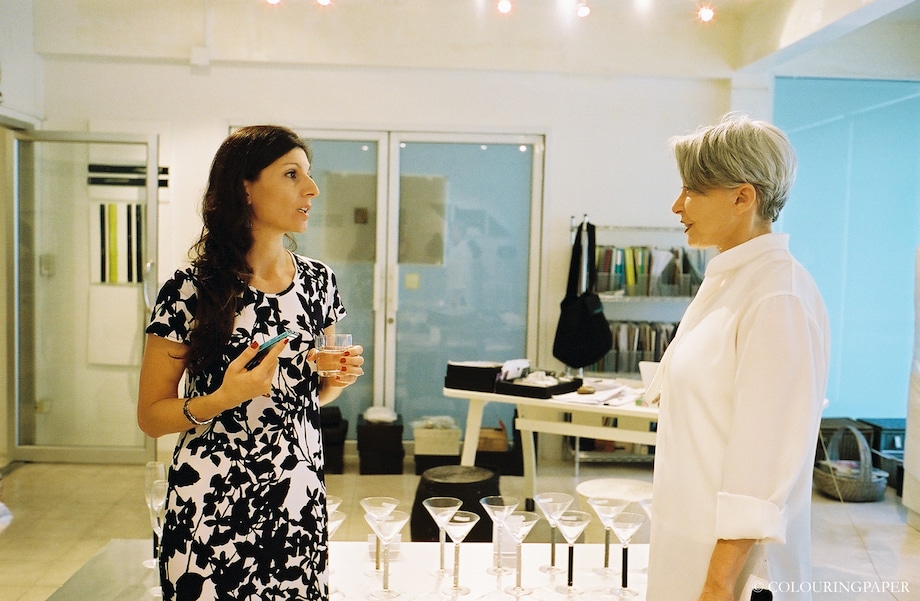
“Six months ago I was diagnosed with endometrial cancer so I had to decide whether to go holistic or the surgery way. I combined it. For six weeks I did juice cleansing, became vegan, and prepared myself mentally so that by the time I went to surgery I had reversed my cancer. I came out and I was fine and didn’t need chemo and radiations. I am the fairy tale story of cancer. But I started going through menopausal symptoms – mood swings, hot flashes, depression, dry skin. Belinda Carlisle, the spokesperson for LadyCare and good friend, recommended Ladycare, a small device with a magnetic field that balances your nervous system so that your organs can work properly. I tried it and in a couple of weeks the symptoms stopped and I felt great. So I am investing in it and I am bringing it to Thailand and to Southeast Asia. I know so many women that could benefit from this. Since I had cancer, I became very aware of it and I want to help other people. I loved the fact that I can help other women with this.”
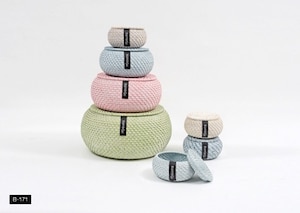
Company: QPELA & Lily of the Valley
Location: Manila
Founded: 2005
No of Employees: 400
Women-owned and led

